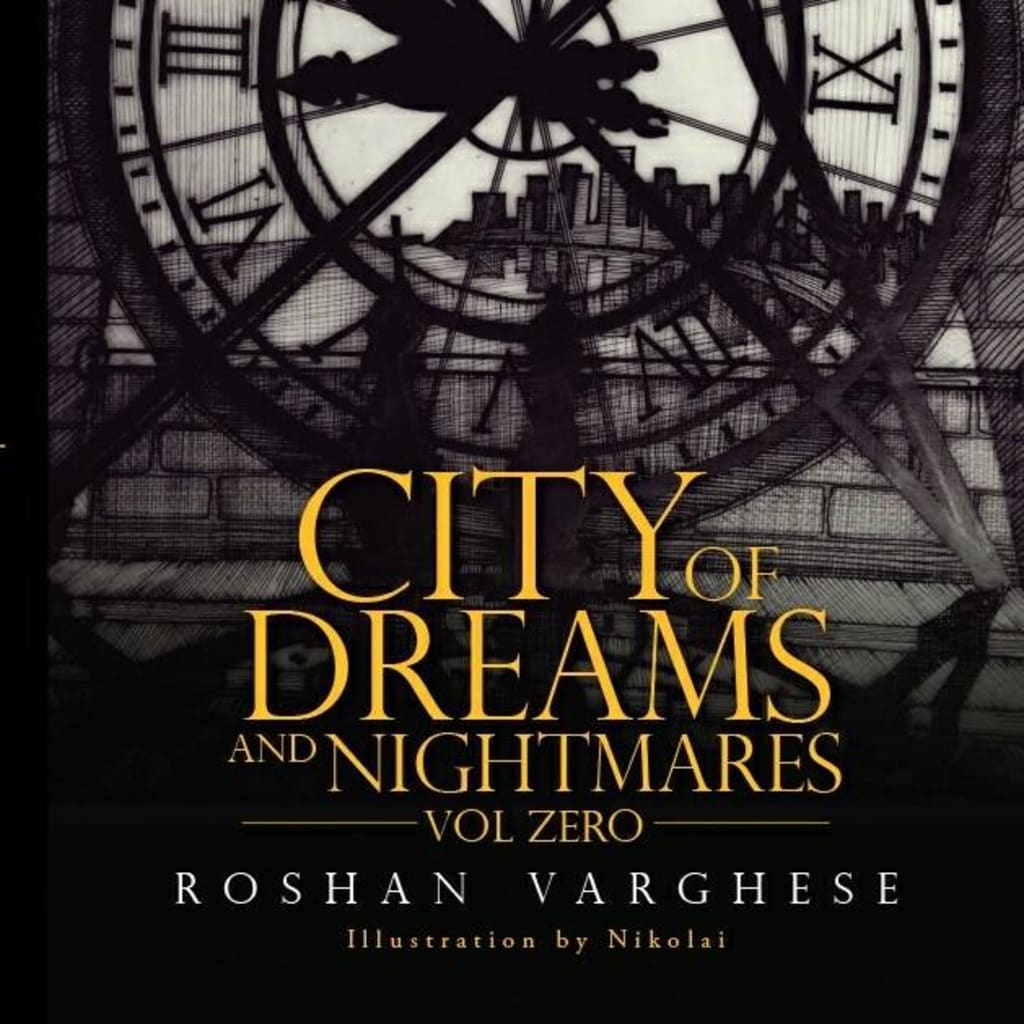The City of Dreams and Nightmares
Sex, Obsession, and Storytelling in Catherynne M. Valente’s “Palimpsest”

Welcome to Palimpsest: a sexually-transmitted city accessible only through dreams. Though the magical city is filled with permanent residents, human “immigrants” from our world can only stay the night after coitus with others who have been infected by the city.
A palimpsest is a manuscript on which the original text has been partially or completely effaced and replaced by a new text. It’s an interesting name for a city. I think it’s related to how the humans who enter Palimpsest are called “immigrants”. Relocation often involves cultural assimilation to a greater or lesser extent, and so one has the option to rewrite one’s story and become a new person in a new place.
The four main characters of the novel each wake up after having had sex with a mysterious stranger to find a peculiar tattoo imprinted on their bodies. The tattoos are pieces of the map of Palimpsest, each depicting a segment of the city’s streets. One can only enter the part of Palimpsest contained on one’s body, and so to explore the city further the characters must have sex with other infected persons while they search for a way to immigrate to the city permanently.
Valente’s novel was nominated for the 2010 Hugo Award for Best Novel, and won the 2010 Lambda Literary Award for Science Fiction/Fantasy/Horror. That was how I heard of it. I first read this novel three years ago, when I was still struggling to accept my sexuality. Though I had read a lot of queer speculative fiction, I hadn’t yet found anything that had captured my imagination until I read Palimpsest. At that time, the novel’s frank and explicit depictions of sex—heterosexual, homosexual, and orgies—were both alluring and terrifying. Recently, I decided to reread it to see what Palimpsest looked like from the other side of the closet.
Perhaps one of the most radical aspects of the novel is the casualness of the sex. Traditional criteria such as physical, romantic, and emotional attraction; compatible values; similar personalities; and even sexual orientation are all irrelevant in the pursuit of returning to the city. The sex outside of Palimpsest is rarely erotic, and it is almost always an exhausting chore and disappointing interlude on the way to Palimpsest. The little sex shown inside of Palimpsest is passionate and fulfilling.
Each of the four characters has an obsession that borders on fetishism: trains, bees, books, and locks. However, none of the characters have ever truly known love. It is only in Palimpsest that the characters’ obsessions, given life, can reciprocate their love, and only in Palimpsest that they can devote themselves entirely to their obsession. Thus, the city, and all that it contains and represents, becomes their lover.
One flaw of the novel is that the characters have several reasons to immigrate to Palimpsest, but none to stay where they are. The novel therefore avoids any meaningful exploration of internal conflict.
Valente’s writing is lyrical and intoxicating. It is heavy with complex metaphors that evoke the sheer massiveness and limitlessness of Palimpsest. However, despite the symbolic density of her writing, the abstractness of her images imbues her prose with the ephemeral decadence of a dream. Palimpsest is a bizarre, mythical creation that comes to life from the sensual and seductive beauty of Valente’s words.
The novel itself is a kind of palimpsest, having been written over a previous literary work and inspiring new ones. It began as the short story “Palimpsest” in Paper Cities, An Anthology of Urban Fantasy published by Senses Five Press, and it also provided the basis for Valente’s in-progress Fairyland series.
After rereading it, I realized how books seem to change with each visit, just as we visitors have changed by the time we return to them. I suppose that, in a sense, all art is a mirror: a way to gauge our metamorphosing values and identities by how we react to what we experience vicariously. I think that Valente captured this wonderful instability of identity in Palimpsest.
When I last read this novel, I was still telling myself the story that I was straight. I too am a palimpsest, having erased a story that no longer reflects who I am.
Palimpsest is a living and breathing city that is always expanding. It’s a place for outcasts and deviants. It embraces all those desperate enough to pay the price of passage. It’s a novel about addiction and obsession; suffering and ecstasy.
At the end of the book, the four characters immigrate to Palimpsest. Living permanently in the fantasy world is a rare event in portal fiction, but the ending is not meant to evoke uncritical happiness. The novel’s true strength lies in its ability to make readers ask themselves what they would choose if faced with possibility of entering a fantasy world.
Valente’s novel is a reminder that we are responsible for our own lives, and that we are responsible for what stories we choose to tell about ourselves.
-Contributed by Alex De Pompa
About the Creator
Esha Taylor
I'm a lover of good books, classic movies, and well-written shows (as well as some pretty cheesy ones, to be completely honest).






Comments
There are no comments for this story
Be the first to respond and start the conversation.